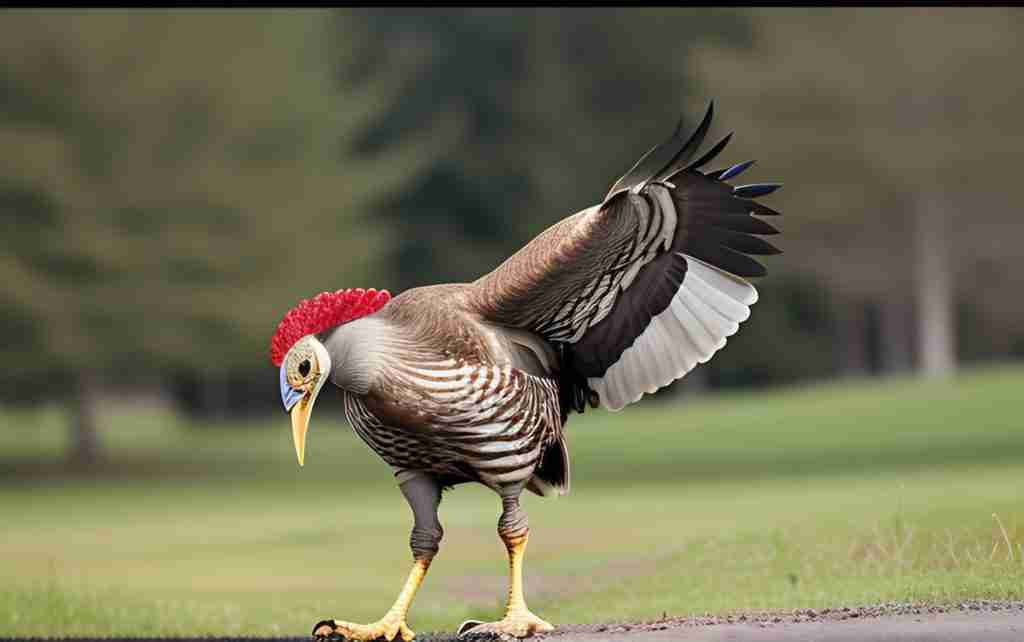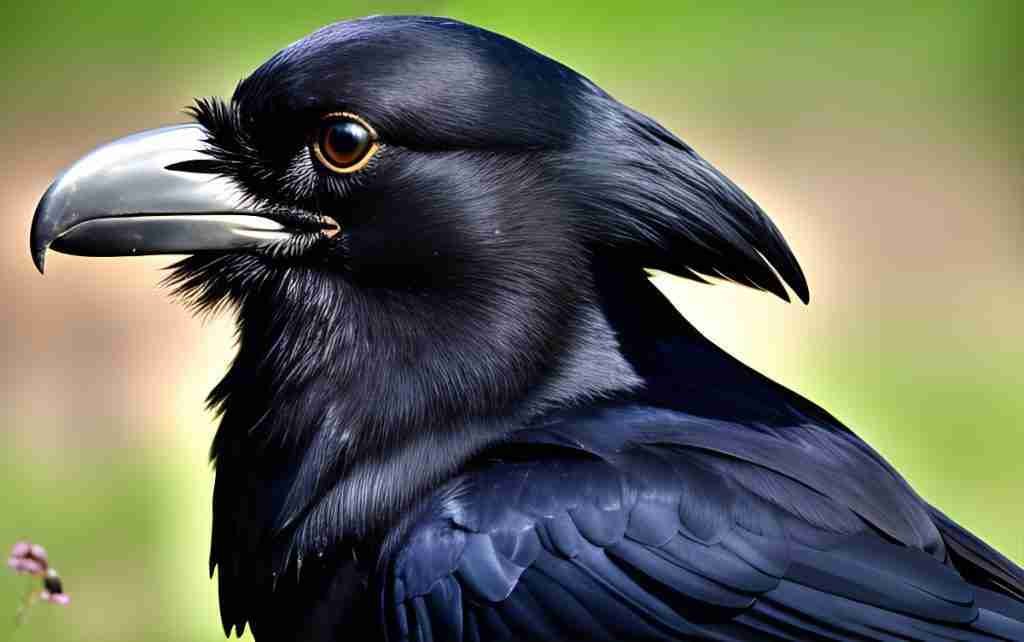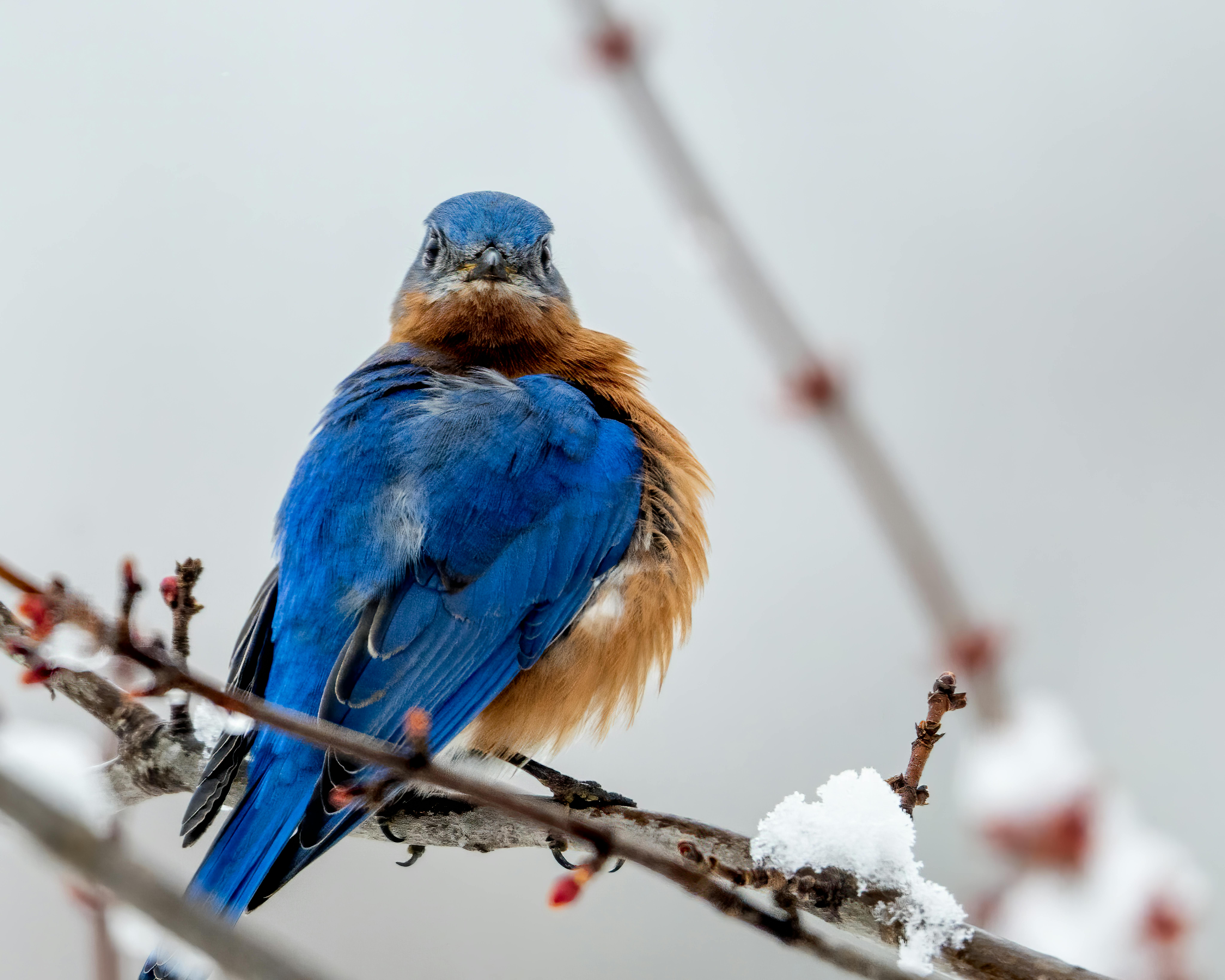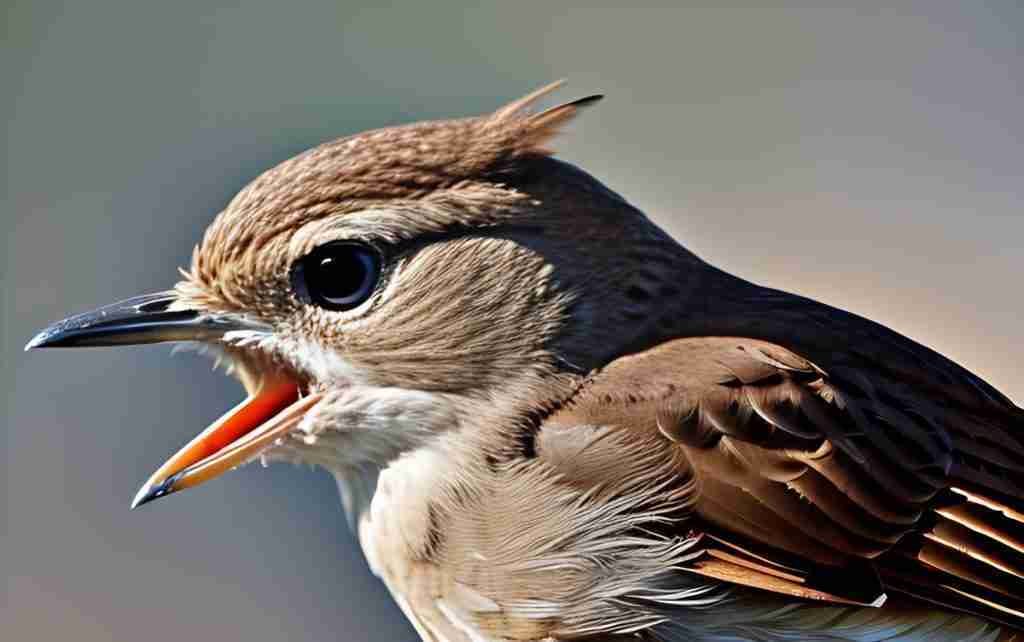Introduction
Are you eager to have some vibrant and majestic wild turkeys gracing your yard with their presence? Look no further! In this article, we will provide you with helpful tips on how to attract these magnificent creatures to your outdoor space. From creating a welcoming habitat to offering delicious treats, we’ve got you covered. So get ready to transform your yard into a haven for wild turkeys and enjoy the delightful beauty they bring along.
Choosing the Right Habitat
Understanding Wild Turkey Behavior
In order to attract wild turkeys to your yard, it is crucial to understand their behavior and habitat preferences. Wild turkeys are ground-dwelling birds that require adequate shelter, ample food sources, and access to water. By creating a welcoming environment that mirrors their natural habitat, you can increase the likelihood of attracting these beautiful birds to your yard.
Providing Adequate Shelter
One of the key factors in attracting wild turkeys is providing them with adequate shelter. They tend to favor areas with dense vegetation, such as brushy woodlands and forested areas. By preserving existing vegetation and creating dense cover, you can create a safe and secure habitat for wild turkeys. This can be achieved by allowing shrubs and trees to grow naturally or by planting additional vegetation to provide the necessary shelter.
Offering Ample Food Sources
Wild turkeys are omnivorous birds that require a diverse diet to thrive. They primarily feed on plant matter, such as seeds, fruits, and buds, but also consume insects and small invertebrates. To attract wild turkeys, it is important to provide them with ample food sources. Planting native vegetation that produces seeds and fruits favored by turkeys is a great way to ensure a sustainable food supply. Additionally, leaving fallen logs and leaf litter undisturbed can also provide a natural foraging habitat for these birds.
Creating a Welcoming Environment
Maintaining a Natural Landscape
To create a welcoming environment for wild turkeys, it is important to maintain a natural landscape. Avoid excessive lawn mowing or manicured landscapes, as turkeys prefer areas with a more rugged and natural appearance. Allow vegetation to grow and provide cover, and avoid the use of pesticides and herbicides that may be harmful to the turkeys and their food sources.
Planting Native Vegetation
Planting native vegetation is not only beneficial for attracting wild turkeys but also for the overall health of your yard. Native plants attract a diverse range of insects and provide a natural food source for turkeys. Consider planting species such as oak, hickory, dogwood, and berry-producing shrubs like sumac or blackberry. These plants offer not only food but also cover, making your yard a more enticing habitat for wild turkeys.
Creating Open Clearings
Although wild turkeys prefer areas with dense vegetation, they also need open clearings for feeding and socializing. Clearings can be created by removing small patches of vegetation or by maintaining open areas within your yard. By providing a mix of both dense cover and open spaces, you can create a balanced habitat that appeals to wild turkeys.
Setting up Water Sources
Installing Birdbaths
Water is an essential component of a wild turkey’s habitat. By installing birdbaths in your yard, you can provide a reliable water source for these birds. Choose shallow birdbaths with a gradual incline so that wild turkeys can safely access the water. It is important to keep the birdbaths clean and filled with fresh water regularly to ensure its attractiveness to the turkeys.
Creating Small Ponds
If you have sufficient space in your yard, consider creating a small pond. Ponds not only provide drinking water for wild turkeys but also attract aquatic insects and other small organisms, which serve as a food source. The presence of a pond can greatly increase the biodiversity of your yard and provide an appealing environment for wild turkeys.
Utilizing Dripping Water Features
Another effective way to attract wild turkeys is by utilizing dripping water features. Turkeys are naturally attracted to the sound and motion of dripping water. By setting up a dripping water feature, such as a small fountain or dripper hose, you can create an irresistible attraction for these birds. Ensure the water feature is positioned in an open area, allowing turkeys to approach and drink safely.
Offering Nesting Opportunities
Designing Brush Piles
Wild turkeys require suitable nesting sites to raise their young. Brush piles can act as a natural nesting habitat for turkeys, providing both shelter and protection. Designing brush piles by stacking fallen branches and leaves can create a safe and secluded area for turkeys to nest. Ensure the brush piles are positioned in a quiet and undisturbed area of your yard.
Building Nesting Boxes
In addition to natural nesting sites, providing nesting boxes can enhance the nesting success of wild turkeys in your yard. These boxes should be positioned at a suitable height and have an entrance large enough to accommodate turkeys. Construct the nesting boxes with durable materials and place them in areas with dense cover and ample food sources.
Leaving Undisturbed Nesting Sites
Turkeys are sensitive to disturbances during the nesting season. To attract and encourage nesting, it is essential to avoid disturbing their nesting sites. Once you have identified areas where turkeys are nesting, be mindful of keeping your distance and minimizing any disturbances during this critical period. By providing a peaceful and undisrupted environment, you can increase the chances of successful turkey nesting in your yard.
Providing Roosting Spots
Planting Trees
Roosting is an important aspect of a wild turkey’s daily routine. They prefer tall trees with strong branches to perch and seek safety during the night. By planting trees that are suitable for roosting, such as oak or pine trees, you can create roosting spots that appeal to wild turkeys. Ensure the trees are mature and have sturdy branches to accommodate their weight.
Preserving Dead Trees
Dead trees, also known as snags, serve as important roosting sites for wild turkeys and other birds. These trees provide a perch for turkeys and offer protection from predators. Whenever possible, preserve dead trees in your yard rather than removing them. Not only will you provide essential roosting opportunities, but also contribute to the overall biodiversity of your yard.
Building Roosting Platforms
If your yard lacks suitable trees for roosting, consider building artificial roosting platforms. These can be constructed using sturdy poles or wooden structures and should be placed in a secluded area with surrounding cover. By providing alternative roosting options, you can compensate for the absence of tall trees and still attract wild turkeys to your yard.
Ensuring Security and Safety
Minimizing Human Disturbances
Wild turkeys are wary birds and prefer undisturbed environments. Minimizing human disturbances in your yard is essential for attracting and maintaining a turkey population. Keep noise levels low, avoid sudden movements around the turkeys, and give them space to explore and feel comfortable in your yard. By providing a quiet and tranquil environment, turkeys will be more likely to visit and remain in your yard.
Reducing Predation Risk
Predation is a significant threat to wild turkeys, particularly during nesting and roosting periods. To increase the chances of turkey visitation, it is important to reduce predation risk in your yard. Install fencing or barriers to keep out potential predators, such as dogs or raccoons. Create dense cover and strategically position nesting and roosting sites to minimize predator access. By creating a safe and secure environment, you can attract and protect wild turkeys in your yard.
Creating Dense Cover
Wild turkeys rely on dense cover for protection and safety. To attract these birds, it is crucial to create and maintain areas of dense vegetation in your yard. Allow shrubs and understory plants to grow naturally, providing turkeys with ample cover to hide from predators. By ensuring there are enough hiding spots, turkeys will feel secure in your yard and be more likely to spend time there.
Using Turkey Calls
Understanding Different Calls
Turkey calling is an effective way to attract these birds to your yard. Understanding the different calls and their meanings can greatly enhance your chances of success. Familiarize yourself with basic turkey calls, such as the hen yelp, cluck, and purr, as well as the gobble of a male turkey. By mimicking these calls, you can communicate with wild turkeys and increase their interest in your yard.
Using Box Calls
Box calls are one of the most commonly used turkey calls and are relatively easy to use, even for beginners. They consist of a box with a paddle that creates friction to produce various turkey calls. Practice using a box call to imitate different turkey sounds and attract these birds to your yard. With consistent practice and patience, you can master the art of turkey calling and improve your chances of attracting wild turkeys.
Utilizing Mouth Calls
Mouth calls, also known as diaphragm calls, are another popular option for turkey calling. These calls are placed in the mouth, allowing the caller to produce a wide range of turkey sounds. While mouth calls may require more practice to master, they offer greater versatility and can produce more realistic sounds. Experiment with different mouth calls to find the ones that work best for attracting wild turkeys to your yard.
Feeding Wild Turkeys
Providing Appropriate Feeding Stations
Supplemental feeding can be an effective way to attract wild turkeys to your yard, especially during periods of limited food availability. Consider setting up feeding stations with appropriate wild turkey feed, such as cracked corn, sunflower seeds, or milo. Ensure the feeding stations are easily accessible for turkeys, but also designed to prevent other animals such as squirrels or raccoons from accessing the feed.
Offering Natural Food Sources
In addition to feeding stations, it is important to provide natural food sources for wild turkeys. Planting native vegetation that produces seeds, fruits, and nuts will attract turkeys and provide them with a more balanced and natural diet. Avoid overfeeding or creating a dependency on supplemental feed, as wild turkeys require a varied diet for optimal health.
Avoiding Overfeeding or Dependency
While feeding wild turkeys can be a wonderful way to observe and appreciate these birds, it is important to avoid overfeeding or creating a dependency. Overfeeding can lead to health problems and disrupt the natural foraging behaviors of turkeys. Use feeding stations as a supplement and ensure that the majority of their diet comes from natural food sources within your yard.
Implementing Seasonal Strategies
Tailoring for Breeding Season
Breeding season is a critical time for wild turkeys, as they establish territories and engage in courtship behaviors. To attract turkeys during this season, it is important to tailor your strategies accordingly. Provide ample nesting opportunities, maintain dense cover, and mimic the calls of both males and females. By creating an inviting environment that meets their specific needs during breeding season, you can increase the likelihood of attracting wild turkeys to your yard.
Adjusting for Winter Months
Winter can be a challenging time for wild turkeys as food sources become scarce and harsh weather conditions prevail. To attract turkeys during the winter months, it is important to adjust your strategies. Supplemental feeding stations can be particularly beneficial during this time, providing turkeys with the necessary energy to withstand the cold. Additionally, maintaining a dense cover and creating windbreaks can offer protection from harsh winter winds.
Considering Year-Round Attraction
While some strategies may be more effective during specific seasons, it is essential to consider year-round attraction when creating a welcoming environment for wild turkeys. By providing a variety of food sources, appropriate shelter, and maintaining suitable roosting and nesting sites, you can attract turkeys throughout the year. Consistency in your efforts will ensure a thriving turkey population in your yard.
Observing and Documenting Behavior
Keeping a Bird Journal
Keeping a bird journal is a fantastic way to observe and document the behavior of wild turkeys in your yard. Record their feeding patterns, nesting activities, and social interactions. Monitor changes in their behavior throughout the seasons and note any notable observations. A bird journal not only allows you to track the success of your efforts but also provides insights into the fascinating world of wild turkeys.
Using Trail Cameras
Trail cameras can be a valuable tool for observing and documenting the behavior of wild turkeys without disturbing them. Set up trail cameras in strategic locations throughout your yard, such as near feeding stations or nesting sites. These cameras will capture images and videos of the turkeys, providing valuable insights into their daily routines and habits.
Participating in Citizen Science Projects
Engaging in citizen science projects focused on wild turkeys can further contribute to your understanding and appreciation of these birds. Many organizations and research institutions conduct projects that rely on citizen observations and data collection. By participating in such projects, you not only contribute to scientific knowledge but also connect with a community of fellow turkey enthusiasts.
In conclusion, attracting wild turkeys to your yard requires a multifaceted approach that considers their behavioral preferences and habitat requirements. By providing adequate shelter, ample food sources, access to water, suitable nesting and roosting opportunities, as well as ensuring security and safety, you can create a welcoming environment for wild turkeys. Utilizing turkey calls, offering supplemental feed, and implementing seasonal strategies will increase your chances of attracting and maintaining these magnificent birds in your yard. Finally, through observation, documentation, and citizen science participation, you can deepen your understanding and contribute to the conservation of these iconic birds. So get started and enjoy the beauty and wonder of wild turkeys in your very own backyard!



